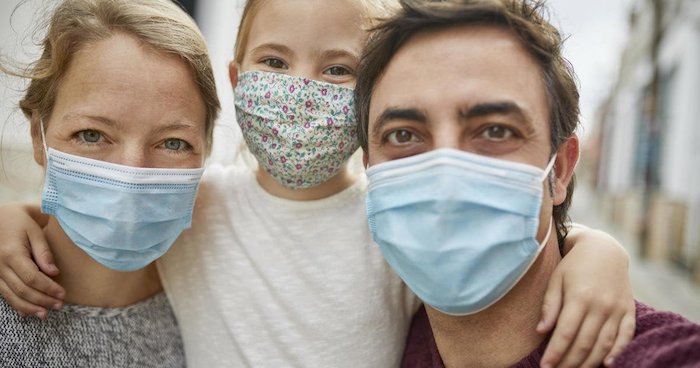Environment
UN chief returns as climate talks teeter closer to collapse

KATOWICE, Poland — The United Nations secretary-general flew back to global climate talks in Poland Wednesday to appeal to countries to reach an agreement, as some observers feared the meeting might end without a deal.
U.N. chief Antonio Guterres opened the talks last week, telling leaders to take the threat of global warming seriously and calling it “the most important issue we face.”
But as the two-week meeting shifted from the technical to political phase, with ministers taking over negotiations, campaign groups warned of the risks of failure in Katowice.
Harjeet Singh of ActionAid International said the main holdouts were the United States, Australia and Japan, while the European Union was “a mere spectator.”
“A new leadership must step up,” said Vanessa Perez-Cirera of the environmental group WWF. “We cannot afford to lose one of the twelve years we have remaining.”
She was referring to a recent scientific report by a U.N.-backed panel that suggested average global warming can only be halted at 1.5 degrees Celsius (2.7 Fahrenheit) if urgent action is taken by 2030, including a dramatic reduction in use of fossil fuels.
Endorsing the report by the Intergovernmental Panel on Climate Change became a crunch issue over the weekend, with the United States, Russia, Saudi Arabia and Kuwait opposing the move.
Jean-Pascal Ypersele, a former deputy chair of the panel, said whether or not countries believe the conclusions of the report was irrelevant because the science was clear.
“Nobody, even the so-called superpowers, can negotiate with the laws of physics,” he said.
Ypersele called for the 1.5-degree target — already mentioned in the 2015 Paris accord — to be recognized in the final text.
“It’s a question of survival for a large part of humanity, and many other species,” he said.
Poland, which is chairing the talks, was expected to circulate a condensed draft text Wednesday running to about 100 pages, down from about 300 at the start of the talks.
The Dec. 2-14 meeting is supposed to finalize the rules that signatories of the Paris accord need to follow when it comes to reporting their greenhouse gas emissions and efforts to reduce them.
Li Shuo, a climate expert at Greenpeace, warned that the current text was riddled with loopholes
“A Swiss cheese rulebook is unacceptable,” he said.
Poor countries also want assurances on financial support to tackle climate change.
A third objective of the talks is getting governments to make a firm commit to raising ambitions in the coming two years, albeit without any precise figures.
One issue that has risen to the fore at the talks is the proposal by Poland for countries to back the idea of a “just transition” for workers in fossil fuel industries facing closure from emissions-curbing measures.
Germany’s environment minister, Svenja Schulze, told reporters that her country is committed to phasing out the use of coal, though the exact deadline has yet to be determined.
But in a nod to the recent protests in France over fuel prices, Schulze warned against governments forcing through measures, saying they would lose public support “faster than you can spell climate protection, and then people pull on yellow vests.”
___
Monika Scislowska contributed to this report.
___
Read more stories on climate issues by The Associated Press at https://www.apnews.com/Climate
Frank Jordans, The Associated Press
Agriculture
Research Suggests Cattle Raising May Reduce Emissions
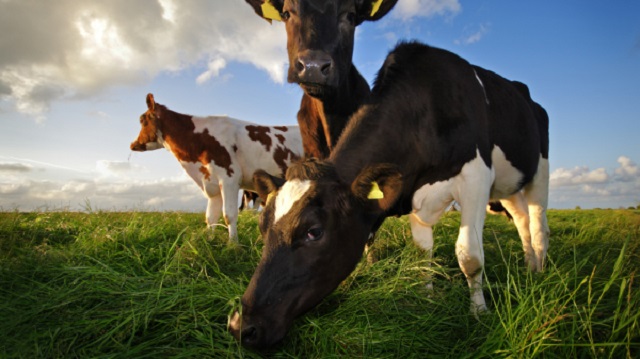
From Heartland Daily News
The United Nations Food and Agriculture Organization estimates that livestock production causes 11.1 of global greenhouse gas emissions worldwide, recommending people eat less meat to fight climate change.
Yet recent research suggests that under some climatic conditions or ecosystems, at least, cattle raising may actually result in lower emissions.
Alltech and Archbold examined the emissions from cattle raising in wetlands and ground that is regularly water laden. They found that although cattle accounted for 19 percent to 30 percent of emissions, the vast majority of the methane produced there was from the soil itself and the decomposing plant and animal life. As a result, they found, removing the cows actually produced a net increase in methane emissions.
Vaughn Holder, Ph.D., research project manager for beef nutrition at Alltech, who with Betsey Boughton, Ph.D., director of agroecology at Archbold, studied the impacts that cattle production has on the ecosystem on a wetlands pasture at Buck Island Ranch, about 150 miles northwest of Miami, Florida, notes that the production of agricultural emissions is more complex than simply ruminant eats plants = more methane emissions.
“There is a far more complex process in agriculture than it is in fossil fuel systems,” Holder told Just the News, which wrote:
Cattle are part of a carbon cycle. So if you just model the emissions coming from the animal, you’re missing the rest of the ecosystem, Holder said, which is absorbing carbon as a result of the animal being on the land.
When cattle graze on land, the plants prioritize root growth over the plant matter above the surface. The deeper the roots, the more plants sequester carbon in the soil through the photosynthesis process.
Grazing also removes grasses from a pasture, which reduces the dead plant matter that falls to the soil and decomposes, which also produces greenhouse gasses.
At the Buck Island Ranch, Boughton and her team measured the amount of greenhouse gases emitted on a pasture that had no grazing and compared it to pasture that had grazing. The data suggested grazing livestock were a net carbon sink compared to no grazing.
Of course, what’s true of a wetland’s ecosystem may not translate into more arid lands were cattle are often grazed, so more research is needed in order to know how cattle impact emissions in other environments.
However, as Holder and Boughton point out, quite aside from reducing emissions from wetlands, cattle and other livestock also consume a lot of plants humans can’t eat, turning them into them into edible proteins humans can consume, increasing global food security while reducing the emissions from the decomposition of the plants when they otherwise naturally die. In addition, livestock also consume a lot of food byproducts that humans either can’t or prefer not to eat, like orange pulp used in orange juice production. Although such byproducts can be used in composting, Holder notes, “composting increases emissions five times more than feeding it to dairy cows and byproducts disposed of in landfills produced 50 times more emissions than if it is fed to dairy cows.”
The research suggests that when accounting for livestock emissions, one should do an all-things- considered comparison, accounting for not just the emissions from cattle and sheep, but also from the material they consume that otherwise would have produced emissions by other means.
Sources: Just the News; Understanding the Carbon Cycle on a Cattle Ranch
Business
Trudeau’s environment department admits carbon tax has only reduced emissions by 1%
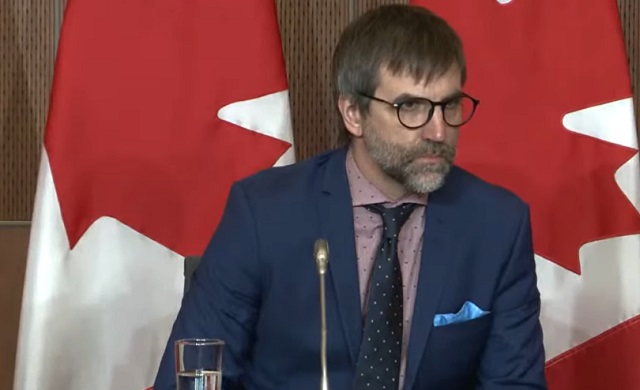
From LifeSiteNews
The Trudeau Liberals had first seemed to claim that the unpopular carbon tax had cut emissions by 33%, only to explain that the figure is merely a projection for 2030 and the actual reduction thus far stands at 1%.
The Liberal government has admitted that the carbon tax has only reduced greenhouse gas emissions by 1 percent following claims that the unpopular surcharge had cut emissions by 33 percent.
During a May 21 House of Commons environment committee meeting, Environment Minister Steven Guilbeault testified that the carbon tax cut greenhouse gas emissions by 33 percent, before his department backtracked to explain that the figure is a projection for the year 2030, and that the true figure sits at a mere 1 percent.
“I will be the first one to recognize it is complex,” said Guilbeault, according to information obtained by Blacklock’s Reporter.
“If you want simple answers, I am sorry. There is no simple answer when it comes to climate change or modeling,” he said, adding, “Carbon pricing works. This has never been clearer.”
“Carbon pricing alone accounts for around a third of emission reductions expected in Canada,” said Guilbeault, explaining this number was based on “complex statistical calculations.”
However, Conservative Members of Parliament (MPs) pointed out that the numbers provided by Guilbeault’s department do not add up to a 33 percent decrease in emissions, as the department had characterized.
“How many megatonnes of emissions have been directly reduced from your carbon tax since it was introduced?” Conservative MP Dan Mazier questioned.
According to Guilbeault, after the introduction of the carbon tax, emissions reduced by five megatonnes in 2018, fourteen megatonnes in 2019, seventeen megatonnes in 2020, eighteen megatonnes in 2021, and nineteen megatonnes in 2022.
However, the total tonnes of emissions reduced by the carbon tax comes to 73 million tonnes, or 2 percent, of the combined 3,597 million tonnes of emissions over the same five-year period, according to National Inventory Reports.
According to Blacklock’s, Guilbeault failed to explain how the environment department calculated a 33 percent benefit.
Conservative MP Michael Kram pressed Guilbeault, saying, “I want to make sure I have the math correct.”
“In 2022 emissions were at 708 megatonnes and the carbon tax was responsible for reducing 19 megatonnes,” he continued. “By my math that works out to a three percent reduction.”
Associate deputy environment minister Lawrence Hanson explained that the department’s 33 percent emissions cut is a projection of the emissions cut by 2030, not a current statistic.
“It’s the distinction between how much the carbon price might have affected emissions in one year versus how much in 2030,” said Hanson. “So when you heard us talking about its responsible for one third of reductions we were talking about the 2030 number.”
This explanation was echoed by Derek Hermanutz, director general of the department’s economic analysis directorate, who said, “When we talk about one third, it’s one third of our expected reductions. That’s getting to 2030.”
“Yes, but three percent of the total emissions have been reduced as a result of carbon pricing?” Kram pressed.
“No, emissions have declined three percent in total,” assistant deputy minister John Moffet responded.
“And so only one percent of that three percent is from the carbon tax?” Kram asked.
“To date,” Moffet replied.
Prime Minister Justin Trudeau’s carbon tax, framed as a way to reduce carbon emissions, has cost Canadian households hundreds of dollars annually despite rebates.
The increased costs are only expected to rise. A recent report revealed that a carbon tax of more than $350 per tonne is needed to reach Trudeau’s net-zero goals by 2050.
Currently, Canadians living in provinces under the federal carbon pricing scheme pay $80 per tonne, but the Trudeau government has a goal of $170 per tonne by 2030.
On April 1, Trudeau increased the carbon tax by 23 percent despite seven out of 10 provincial premiers and 70 percent of Canadians pleading with him to halt his plan.
Despite appeals from politicians and Canadians alike, Trudeau remains determined to increase the carbon tax regardless of its effects on citizens’ lives.
The Trudeau government’s current environmental goals – which are in lockstep with the United Nations’ 2030 Agenda for Sustainable Development – include phasing out coal-fired power plants, reducing fertilizer usage, and curbing natural gas use over the coming decades.
The reduction and eventual elimination of so-called “fossil fuels” and a transition to unreliable “green” energy has also been pushed by the World Economic Forum, the globalist group behind the socialist “Great Reset” agenda in which Trudeau and some of his cabinet are involved.
-

 Economy1 day ago
Economy1 day agoFormer socialist economist explains why central planning never works
-
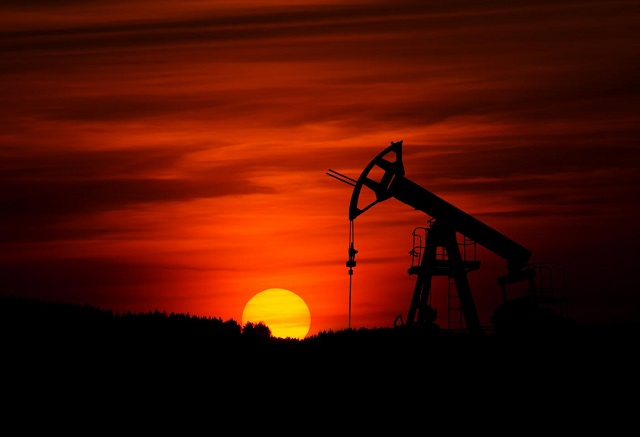
 Energy2 days ago
Energy2 days agoReports of the Impending Death of Petroleum Have Been Greatly Exaggerated
-
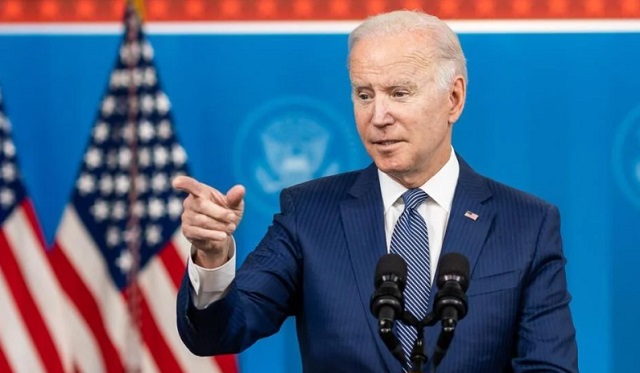
 Economy2 days ago
Economy2 days agoBiden environmental agenda under fire for increasing costs for Americans
-
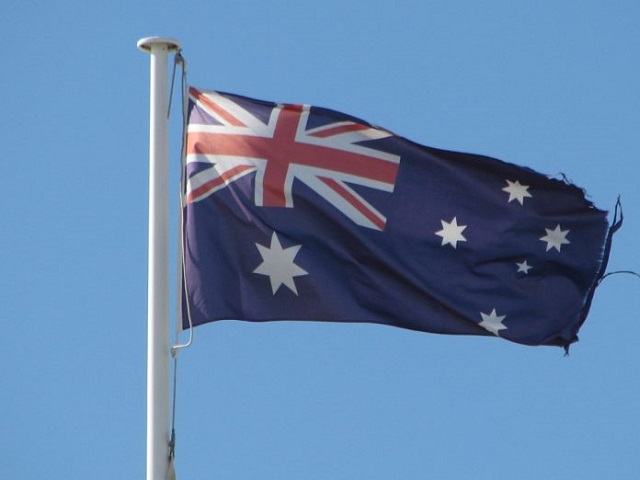
 CBDC Central Bank Digital Currency20 hours ago
CBDC Central Bank Digital Currency20 hours agoAustralians Abandon Physical Cash, Financial Freedom
-

 Bruce Dowbiggin2 days ago
Bruce Dowbiggin2 days agoStanley Cup In Canada? All That Glitters Is Not Silver
-
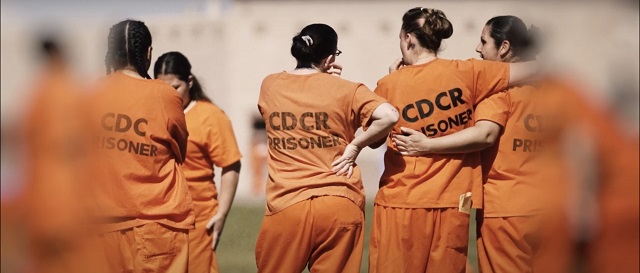
 International19 hours ago
International19 hours agoNew Documentary Details Female Sexual Assault Survivor’s Story Of Being Incarcerated With Trans Inmate
-
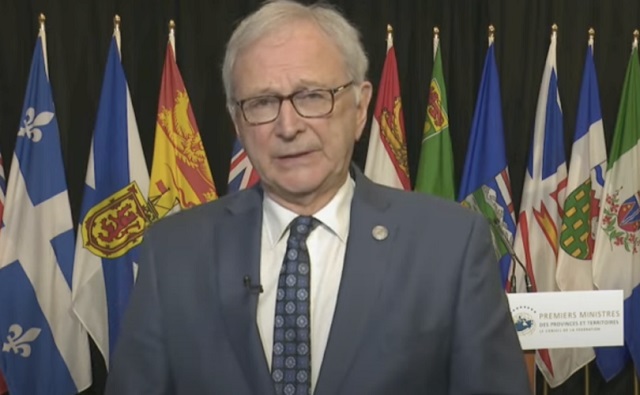
 Opinion2 days ago
Opinion2 days agoNew Brunswick premier bans ‘sex-ed’ group from schools after presentation on porn, immoral sex acts
-

 International21 hours ago
International21 hours agoEastern Oregon Moves Closer to Joining Idaho




